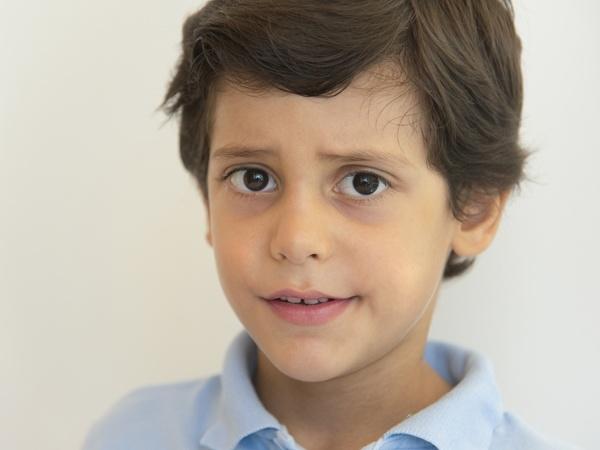Pigmentation
Every child has varied shades of complexion, owing to the environmental effects. That won’t develop racism! But, there is a condition that deals with pigmentation in children, which can be characterized by changes in skin color. Pigmentation defines coloring or complexion aspect of the skin. And it should be noted that children having darker skin are more likely to have pigmentation problems. It is excessive exposure to the sun that leads to such skin issues. Taking note of the types of pigmentation, albinism falls on the rare side. It is about a partial lacking of melanin in the skin. Though, there is no cure for albinism; still, avoiding excessive exposure to sunlight can be helpful.
On the other hand, vitiligo is another form of pigmentation in children. It occurs because of the loss of pigment-generating cells in the skin. Thinking as to how you can identify it? The white patches over the skin say it all. Just like the albinism, vitiligo does not have a cure either. Its possible treatments might include lighter medication, ultraviolet A therapy, depigmentation of unaffected areas, and corticosteroid creams. This may sound a bit comforting that vitiligo is not contagious. So, an infected child can communicate with fellow kids. The purpose of treatment is to control the growth of pigmentation.
Frequently Asked Questions
Vitiligo is identified by white patches over the hands, arms, feet, and lips area of the body. In some children, the white patches may spread or grow; while, in many others, it does not. Certainly, it is not a life-threatening case at all
Though, the pigmentation disorders are benign; but, at times, a biopsy might be required to keep melanoma away. The dermatologists will discuss the condition with a child’s parents and suggest prospective treatment options
Well, the children having 10 years of age or less have chances of about 40 percent to get pigmentation disorders

